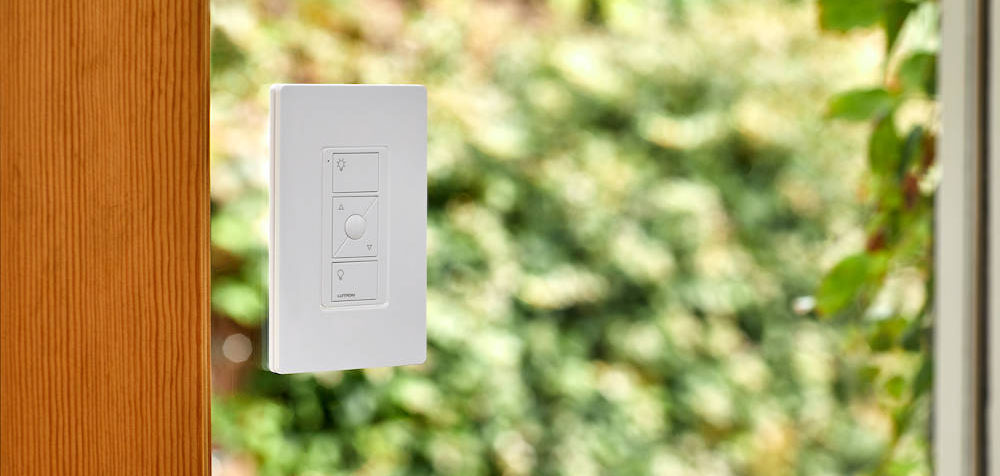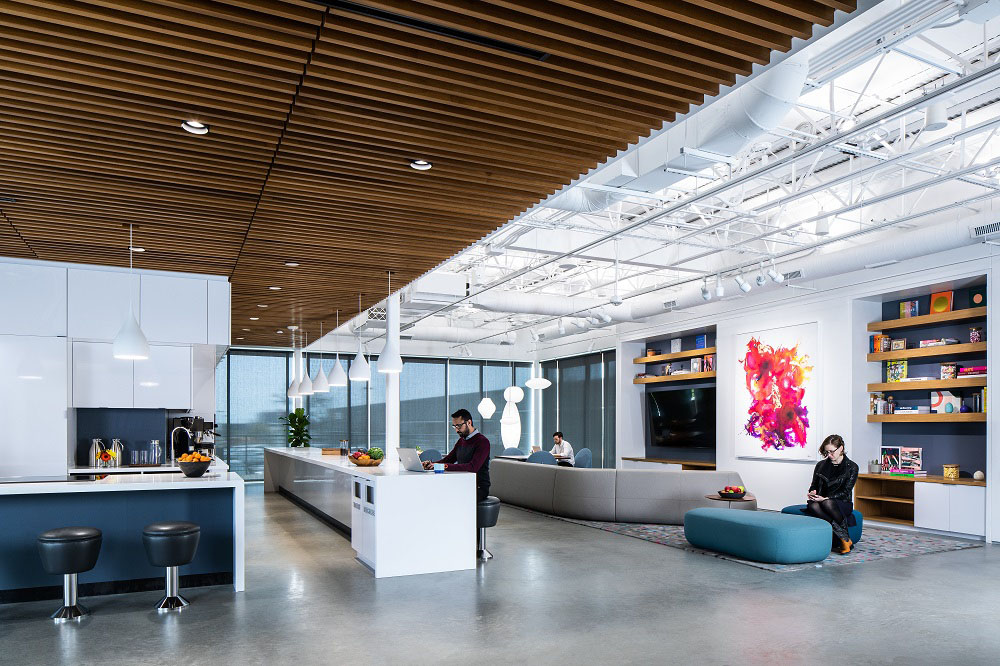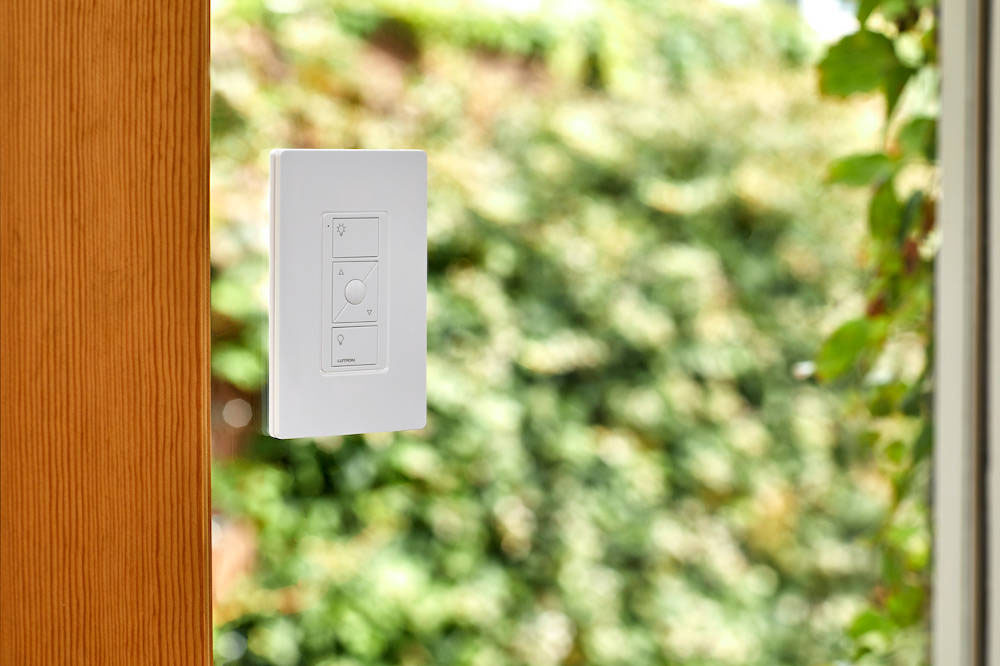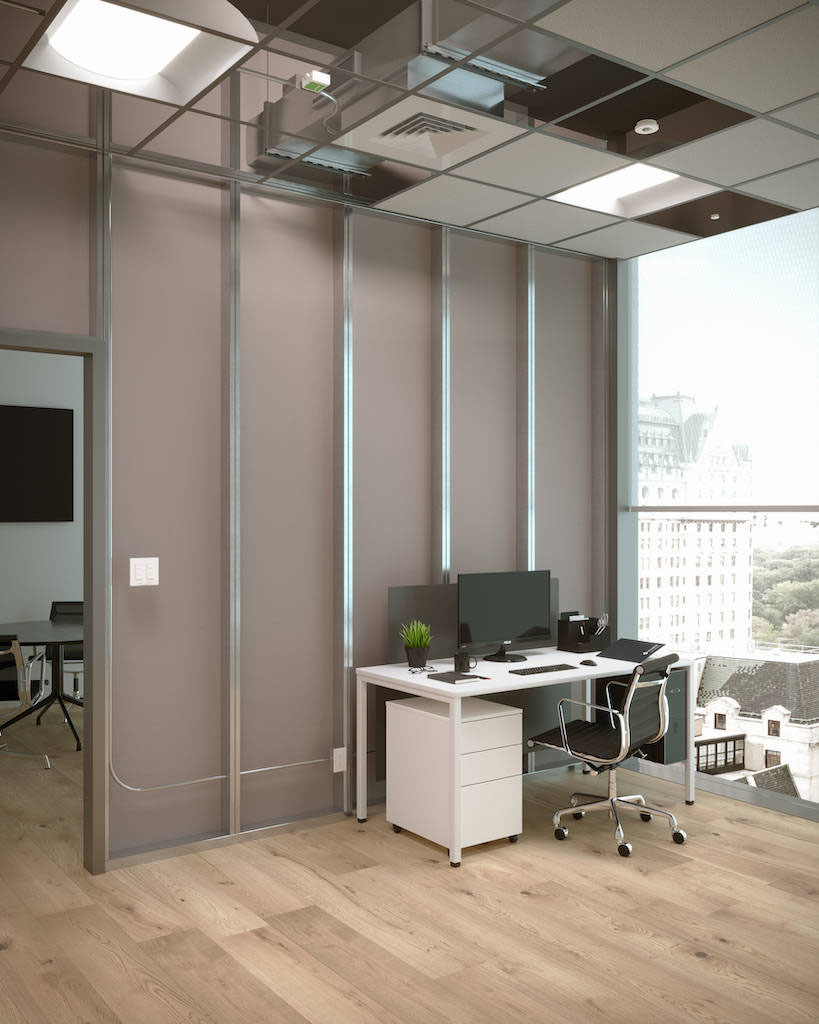How lighting control systems contribute to flexible, future-proof buildings
- February 8, 2022
- Best Practices
- Lighting
Lighting control systems play an important role in buildings that need to address future challenges, both predictable and unanticipated

Courtesy: Lutron Electronics
The U.S. Green Building Council defines resilience as “the ability to prepare and plan for, absorb, recover from and more successfully adapt to adverse events.” We see engineers and owners prioritizing resilient building systems in new construction and renovations, especially in response to the COVID-19 pandemic and the unprecedented accommodations that had to be made in many commercial spaces.
Lighting control systems play an important role equipping buildings to handle future challenges, both predictable and unanticipated. In addition to meeting the parameters of the USGBC definition smart, digital lighting control systems support resilience with solutions that are flexible and future-proof, simplify adjustments and quickly adapt to changing work schedules and new occupancy patterns over time.
Engineers are looking for ways to bolster building resilience, support their clients and incorporate best-practice design of smart lighting control systems. They need solutions that are technologically savvy enough to monitor and analyze system data, help reduce waste, promote comfort, enhance productivity and continue to add value over time.

Flexible lighting systems support resiliency in the workplace by providing a comfortable, productive, engaging work environment that can change and adapt over time. Courtesy: Lutron Electronics
Digital lighting controls promote building flexibility
Commercial spaces will look different moving forward. Smart, digital technology makes it easy to design lighting systems that support new conventions such as continued social distancing, the increased demand for touchless technology and spaces that can be quickly partitioned and redesigned as needed. Lighting also contributes to buildings that embrace a connection to the outdoors with integrated smart shading and daylighting strategies. Lighting control is the one building system connected to each of these performance goals.
Individually addressable LED fixtures, advanced LED technologies and centralized, adaptable controls enable code-compliant design and enhanced system flexibility. As requirements evolve, lighting and shading systems will play a pivotal role in spaces that foster well-being and promote productivity.
To design systems that best serve your clients’ needs, it is often necessary to go beyond the traditional, stand-alone system. Review the solutions you typically choose for basic code compliance and make sure you are taking advantage of the available digital and software benefits to set your client up for success.
Robust software is critical. Moving forward, system software should be cloud-updatable, able to quickly adapt to new challenges, changing occupancy patterns and a variety of building uses. The software should also easily accommodate programming changes by the facilities team without the need for factory support.
Wireless solutions make flexibility future proof. They offer all the advantages of smart, digital lighting control and the power to make systems easier to design, more intuitive to program and personalize and more flexible than wired technology.
Wireless also offers seamless integration with heating, ventilation and air conditioning, building management and other third-party systems and enhances control options for better usability. They use all the same devices as wired systems — fixtures, load controllers, keypads, receptacles, sensors — but with no communication wires, fewer power wires and less conduit making them easier and more cost-effective to design, install and adjust over time.
Connected, wireless solutions make an already flexible system easily scalable whether the client expands over time or wants to consolidate space in response to trends such as hybrid work or remote learning. Add controls and sensors exactly where they are needed with no additional wiring or opening up walls. Centralize control and system management over multiple areas or buildings, making changes in minutes using a convenient app. The benefit is the opportunity to adjust quickly and seamlessly.

Flexible lighting systems support resiliency in the workplace by providing a comfortable, productive, engaging work environment that can change and adapt over time. Courtesy: Lutron Electronics
Advantages of wireless lighting controls
With wireless, digital control it can be easier to update traditional solutions and to integrate today’s advanced LED technologies as well as the next smart-source innovation into a high-tech project. The technology also accommodates the integration of smart assistants, voice control and system automation. Wireless capability and performance have come a long way since their introduction more than 20 years ago and have proven themselves in the field by delivering reliable, scalable, future-focused control for more resilient buildings:
- Design flexibility: With wireless, you eliminate many decisions about wiring and power requirements. And, when the project specification changes, the lighting control system can accommodate without going back to the drawing board.
- Control/installation flexibility: Wireless controls and sensors can be wall-mounted, ceiling-mounted or free-standing and they can also be used in locations that are traditionally challenging when it comes to control including glass doors and dividers, door jambs and even on podiums and furniture — no backboxes or new wiring required. Additional points of control can be added in minutes and sensors are easily repositioned to ensure best performance.
- Faster installation: Wireless systems install up to 70% faster than wired. This is a big plus for commercial contractors who are struggling with skilled labor shortages, supply chain challenges and unprecedented scheduling demands.
- Simple set-up: Certain wireless systems offer simple button presses or app-based setup and enable changes in real time, right in the space. With just their smartphone or tablet, the building facilities team can easily reassign keypads and zones to adjust to new space layouts or employee requests.
For future-proof design, consider performance over protocol
Once lighting designers commit to using a wireless system, they can focus on desired system goals — performance, reliability, scalability, security, integration, pricing, product availability and available service options. Then, work with a manufacturer who can help meet your needs and overcome objections rather than adhering to a specific protocol.
A building’s smart lighting control system should provide the same code-compliant, reliable, easy-to-use experience your client expects from any lighting system and enhanced with all the data-driven building management power they have come to need in an efficient, comfortable building. Specifiers may lean toward open protocol systems for several reasons:
- They may feel that open-protocol design alleviates concerns about being permanently linked to a given manufacturer. Manufacturers can go out of business, obsolete a product line, change their service agreement or even be acquired. An open protocol can seem like a smart hedge against these concerns as a perceived backup, of sorts, when it becomes necessary to replace a component or augment the system with another manufacturer’s open-protocol product.
- To offset concerns about proprietary system pricing. Using an open protocol, the assumption is that if one manufacturer increases pricing it is possible to substitute with another manufacturer’s equivalent product. This concern has been amplified in recent years as some companies have instituted significant and frequent price increases. Specifiers do not want to compromise their professional reputation or their client’s budget and system performance.
- Because open protocols are more regulated, they can be perceived as offering elevated system security and the best option for achieving seamless, secure integrations between different building systems.
But these assumptions can be problematic. When you are deciding on a system, be wary of these open-protocol assumptions — “open” is a matter of interpretation. Many manufacturers’ systems start with a standard protocol, such as Zigbee, but then customize the code to meet their use case, potentially negating the openness the engineer intended to design into the lighting specification. The wireless communications may be based on an open protocol, but now you cannot swap out one manufacturer’s device for another because the solution has been customized. You also do not get the advantages of a system optimized for your project and you may see degradation in performance, responsiveness, reliability and scale.
Proprietary, manufacturer-specific protocols, on the other hand, are designed to be optimized for a specific purpose and to take full advantage of digital network resources. These systems are engineered to meet well-defined performance criteria, ensure reliability for the life of the system and scale seamlessly to large installations without performance degradation or interference with other wireless devices such as Wi-Fi access points and Bluetooth headsets.
It is also important to think about how easy it will be to address maintenance and replacement issues down the road. If a driver or fixture fails, your clients need assurance that their system will respond as expected. Ultimately, you should be able to count on the system manufacturer to articulate the benefits and pitfalls of their designs and explain how it will support your application while meeting performance expectations.
As a specifier, protect yourself and your client by working with a manufacturer with a proven track record of customer care, demonstrated business longevity and a history of transparent, consistent pricing without drastic fluctuations. For a more in-depth look at open versus proprietary protocols and wireless lighting system design, you can download the Consulting-Specifying Engineer E-Book: Lighting & Lighting Controls.

Wireless lighting control systems require less physical wire, making them easier to design and install while still supporting energy code requirements. Courtesy: Lutron Electronics
Resilient lighting control architecture
Fixture-based, luminaire-level lighting controls (LLLCs) are another trend in smart, flexible building system specifications. LLLCs can be simple to design and install, but when it comes to system flexibility and resilience, zone-based control may be the more practical option over time.
LLLCs are lighting control devices integrated into the lighting fixture itself. Because these devices are typically factory installed, they can simplify some design considerations and reduce installation time. However, since the control is physically embedded into the fixture, it is not simple to swap out one LLLC for another. If there is a failure in the embedded controller, for example, you are likely to need to replace the entire fixture — a process further complicated by ongoing supply chain challenges. Because the LLLC is installed in the fixture at the factory, it is not likely to be available from stock and probably requires a lighting rep to provide a quote, potentially adding time and cost when a client needs a quick, effective solution.
In contrast to the LLLC-based hardware approach are wireless, zone-based controls. These solutions typically have a wall- or junction-box mounted solution where one device controls a group of standard LED fixtures using an open protocol like 0-10V or phase control. They are not embedded in the fixture, which means you should be able to independently install or upgrade the controls and fixtures.
Using a zone-based solution, in the event a component fails you can easily install an in-stock, readily available, off-the-shelf replacement in just a few minutes. And, if one of the standard 0- to 10-volt fixtures or drivers fail, you can usually find those components at your local distributor instead of having to wait for a rep to quote and a manufacturer to custom-build the LLLC-based replacement fixture.
Zone-based systems typically require fewer components than fixture-based solutions, may be less expensive to install and often allow the client to upgrade or repair devices quickly and easily. A zone-based, digital, wireless lighting control system can easily accommodate facility expansion and the software is likely to be cloud-updatable.
Smart, wireless lighting control solutions add value, longevity to projects
Protect your clients and your projects by specifying a lighting control system that promotes building resilience. A smart, digital, wireless, zone-based solution, built on a carefully chosen protocol can help to future proof projects and increase flexibility, ultimately leading to a building that is better equipped to handle future changes.
Specifying the right system for each job starts with laying out all the design considerations — reliability, responsiveness, security and scalability — asking the right questions about integration, remote system access and system resilience and making sure the manufacturer you choose has a history of service and support that meets your client’s needs now and into future.
Buy Caséta Wireless Load Controls
| Description | Brand | Model Number | Color | |
|---|---|---|---|---|
| Load Type and Capacity - Switches | ||||
| Two-wire switch |
Lutron | PD-5WS-DV-WH | White | Product Details » |
| Lutron | PD-5WS-DV-IV | Ivory | Product Details » | |
| Lutron | PD-5WS-DV-BL | Black | Product Details » | |
| Lutron | PD-5WS-DV-LA | Light Almond | Product Details » | |
| Neutral-wire switch (neutral connection required) | Lutron | PD-6ANS-WH | White | Product Details » |
| Lutron | PD-6ANS-IV | Ivory | Product Details » | |
| Lutron | PD-6ANS-BL | Black | Product Details » | |
| Lutron | PD-6ANS-LA | Light Almond | Product Details » | |
| Load Type and Capacity - Dimmers | ||||
| Wireless In-Wall Dimmer PRO (neutral connection required for certain load types) | Lutron | PD-10NXD-WH | White | Product Details » |
| Lutron | PD-10NXD-IV | Ivory | Product Details » | |
| Lutron | PD-10NXD-BL | Black | Product Details » | |
| Lutron | PD-10NXD-LA | Light Almond | Product Details » | |
| Wireless Plug-In Lamp Dimmer | Lutron | PD-3PCL-WH | White | Product Details » |
| Phase Selectable Dimmer (neutral connection required) | Lutron | PD-5NE-WH | White | Product Details » |
| Lutron | PD-5NE-IV | Ivory | Product Details » | |
| Lutron | PD-5NE-BL | Black | Product Details » | |
| Lutron | PD-5NE-LA | Light Almond | Product Details » | |
| Wireless In-Wall Dimmer | Lutron | PD-6ANS-WH | White | Product Details » |
| Lutron | PD-6ANS-IV | Ivory | Product Details » | |
| Lutron | PD-6ANS-BL | Black | Product Details » | |
| Lutron | PD-6ANS-LA | Light Almond | Product Details » | |